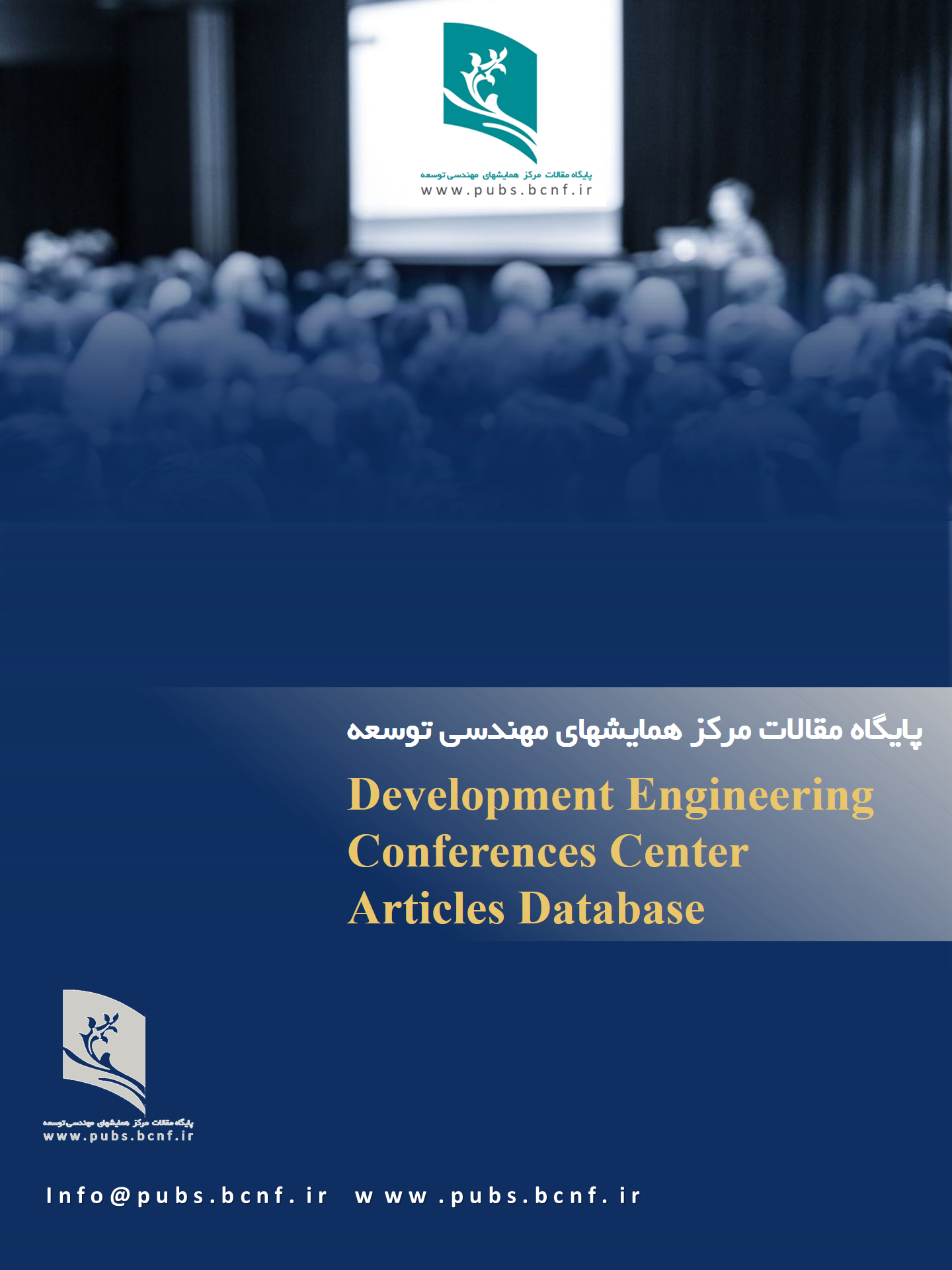توسعه اثربخشی جنگل های حرا در جذب کربن آبی
Keywords:
جنگل های حرا, کربن آبی, زیست گاه های طبیعی, اکوسیستم های آبی, تغییرات اقلیمیAbstract
جنگلها نقش مهمی در جذب کربن از اتمسفر دارند و این نقش به عنوان جذب کربن آبی شناخته میشود. جذب کربن آبی به فرآیندی اشاره دارد که در آن جنگلها دیاکسید کربن موجود در هوا را از طریق فتوسنتز جذب و درون بافتهای خود به صورت زیستتوده (چوب، برگها، و ریشهها) ذخیره میکنند. کربن آبی به کربنی اطلاق میشود که در اکوسیستمهای دریایی و ساحلی مانند جنگلهای حرا، مانگروها، علفزارهای دریایی و تالابهای ساحلی ذخیره میشود. جنگلها همچنین در خاک زیرین خود کربن را به صورت ماده آلی ذخیره میکنند. این فرآیند باعث کاهش میزان دیاکسید کربن در اتمسفر میشود و به تعدیل تغییرات اقلیمی کمک میکند. جنگلهای ساحلی و حرا (مانگرو) نمونههای خاصی از اکوسیستمهای جنگلی هستند که توانایی بالایی در جذب و ذخیره کربن دارند. این جنگلها نه تنها دیاکسید کربن را جذب میکنند، بلکه در خاکهای غنی از مواد آلی خود نیز مقادیر زیادی کربن را برای مدتهای طولانی ذخیره میکنند. به همین دلیل، حفاظت و مدیریت صحیح جنگلها برای مقابله با تغییرات اقلیمی اهمیت زیادی دارد.
Downloads
References
1. قاسمی، شراره، (1403) ، تنوع زیستی و منابع ژنتیکی اکوسیستم جنگل های حرا حوزه خلیج فارس، سومین همایش بین المللی کشاورزی، صنایع غذایی و محیط زیست.
2. شراره قاسمی، شهناز بهمن یار، (1403) ، تاثیر جنگل های حرا بر هیدرودینامیک کرانه ی ساحلی خلیج فارس و دریای عمان، دومین کنفرانس بین المللی اقتصاد دریاپایه با رویکرد گردشگری دریایی و ساحلی.
3. Alongi, D. M. (2014). Carbon cycling and storage in mangrove forests. Annual Review of Marine Science, 6, 195–219.
4. Bertram, C., Quaas, M., Reusch, T. B. H., Vafeidis, A. T., Wolff, C., & Rickels, W. (2021). The blue carbon wealth of nations. Nature Climate Change, 11(8), 704–709.
5. Davis, J. L., Currin, C. A., O’Brien, C., Raffenburg, C., & Davis, A. (2015). Living Shorelines: Coastal Resilience with a Blue Carbon Benefit. PLOS ONE, 10(11), e0142595.
6. Donato, D. C., Kauffman, J. B., Murdiyarso, D., Kurnianto, S., Stidham, M., & Kanninen, M. (2011). Mangroves among the most carbon-rich forests in the tropics. Nature Geoscience, 4, 293–297.
7.Duarte, C. M., Middelburg, J. J., & Caraco, N. (2005). Major role of marine vegetation on the oceanic carbon cycle. Biogeosciences, 2(1), 1–8. https://doi.org/10.5194/bg-2-1-2005.
8. Friedlingstein, P., Jones, M. W., O’Sullivan, M., Andrew, R. M., Bakker, D. C. E., Hauck, J., Le Quéré, C., Peters, G. P., Peters, W., Pongratz, J., Sitch, S., Canadell, J. G., Ciais, P., Jackson, R. B., Alin, S. R., Anthoni, P., Bates, N. R., Becker, M., Bellouin, N., Zeng, J. (2022). Global Carbon Budget 2021. Earth System Science Data, 14(4), 1917–2005.
9.Goldberg, L., Lagomasino, D., Thomas, N., & Fatoyinbo, T. (2020). Global declines in human-driven mangrove loss. Global Change Biology, 26(10), 5844–5855.
10. Kauffman, J. B., & Donato, D. C. (2012). Protocols for the measurement, monitoring and reporting of structure, biomass and carbon stocks in mangrove forests. Working paper 86. Center for International Forestry Research, Bogor, Indonesia, 50 pp.
11.Krause-Jensen, D., & Duarte, C. M. (2016). Substantial role of macroalgae in marine carbon sequestration. Nature Geoscience, 9(10), 737–742.
12. Krauss, K. W., & Osland, M. J. (2020). Tropical cyclones and the organisation of mangrove forests: A review. Annals of Botany, 125, 213–234.
13. Lagomasino, D., Fatoyinbo, T., Lee, S., Feliciano, E., Trettin, C., Shapiro, A., & Mangora, M. (2019). Measuring mangrove carbon loss and gain in deltas. Environmental Research Letters, 14(2), 025002.
14. Lovelock, C. E., Reef, R. (2020). Variable Impacts of Climate Change on Blue Carbon. One Earth 3(2), 195–211.
15. Mcleod, E., Chmura, G. L., Bouillon, S., Salm, R., Björk, M., Duarte, C. M., Lovelock, C. E., Schlesinger, W. H., & Silliman, B. R. (2011). A blueprint for blue carbon: Toward an improved understanding of the role of vegetated coastal habitats in sequestering CO2. Frontiers in Ecology and the Environment, 9(10), 552–560.
16. Nellemann, C., Corcoran, E., Duarte, C. M., Valdés, L., De Young, C., Fonseca, L., Grimsditch, G. (Eds). (2009). Blue Carbon. A Rapid Response Assessment. United Nations Environment Programme, GRID-Arendal, www.grida.no.
17. Price, J.T., and Warren, R.F. 2016. Review of the Potential of “Blue Carbon” Activities to Reduce Emissions. 1104872/AVOID2 WPE.2 Report 1.



